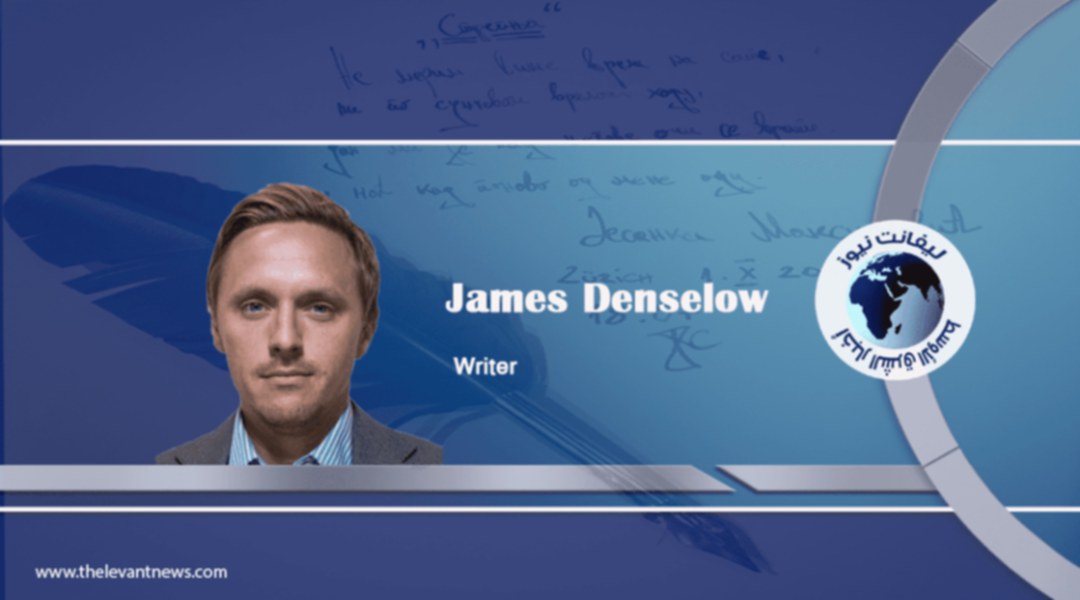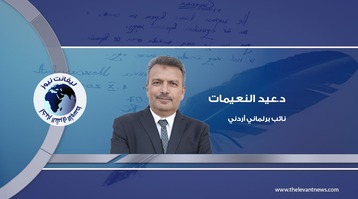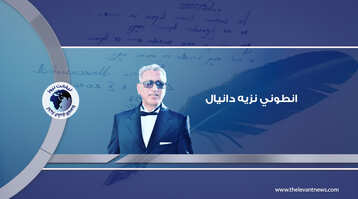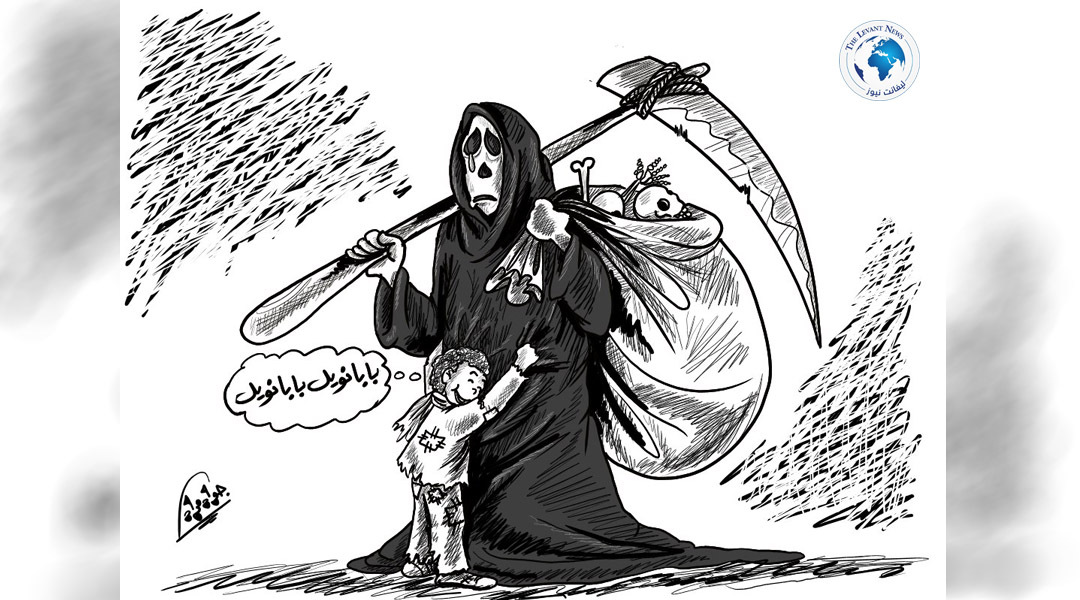-
The Rise of the False Flag

The absence of heavy fighting along Russia’s borders with Ukraine would in theory mean a clearer picture as to events unfolding. Yet such are the levels disinformation, propaganda and strategic attempts to control the narrative that we’re truly in an age of the ‘fog of pre-war’. Within this murky fog one tactic stands out as above, the ‘false flag’ attack. But what is this phenomenon, where did it come from and how should it be factored into the geopolitics of the modern day?
The term "false flag" originated in the 16th century as a purely figurative expression to mean "a deliberate misrepresentation of someone's affiliation or motives". It was later used to describe a ruse in naval warfare whereby a vessel flew the flag of a neutral or enemy country in order to hide its true identity.
One of the most famous ‘false flag’ events in history occurred the night before Germany invaded Poland. Seven German SS soldiers pretending to be Polish stormed the Gleiwitz radio tower on the German side of the border with Poland. They broadcast a short message to say the station was now in Polish hands. Such a minor incident in the context of the World War is of course lost to most but it demonstrated how important even the veneer of a ‘just War’ was to Hitler.
Today it is associated with a covert operation that is designed to look as if it has been carried out by someone else. In recent years it has been the go-to tactic from extremist groups looking to divert responsibility away from their own actions. For instance, right-wing Fox News host Tucker Carlson even claimed the 6th January insurrection at the US Capitol was a “false flag” attack.
In the crisis in Eastern Europe all sides are accusing each other of the tactic. Indeed, Western intelligence agencies have been more proactive than is their normal ways of working, in stressing that in the absence of a genuine hostile act from Ukraine or its allies, the spark that Russia needs to justify an invasion will be to be manufactured. The shelling of a Kindergarten last week that thankfully didn’t result in deaths was explicitly cited by the British Prime Minister as a ‘false flag’ attack.
This week Ukraine rejected as “fake news” a claim from the Russian army that it killed five “saboteurs” attempting to cross the border in the Russian region of Rostov. Ukrainian officials said not a single soldier had been killed and their forces were not present in the Rostov region. The Ukrainian Ministry of Defence has also accused pro-Russian forces of destroying civilian infrastructure and claiming that the damage is caused by Ukrainian military artillery strikes.
Meanwhile, the volume of Russian disinformation seeking to frame Ukraine as a threat to justify military action by Russia has more than doubled in the past week, Western officials have said. Liz Truss, the foreign secretary, revealed there had been a two-fold increase in fake Russian claims during comments she made at a security conference in Munich on Saturday.
The need for an incident to justify a wider campaign is clearly important but not necessarily essential. The escalation into the decision made by President Putin to recognise the breakaway republics of Donestsk and Luhansk and send in ‘peacekeepers’ could of or would of likely happened regardless. The fact is that ‘truth’ has become a subjective concept useful as far as it goes from the perspective of different types of leaders responding to different political systems. From a Western viewpoint the build, up of troops and their inevitable entry into Ukraine smacks of Russian aggression. Putin meanwhile explained the decision as a response to the West holding a “knife to the throat” of Russia and trying to turn Ukraine into a puppet regime.
The point of no return or departure into a state of conflict appears to have all been reached. Yet this doesn’t mean that the ‘false flag’ tactic is no longer useful or something that we will see more of. Putin seems set on taking chunks of eastern Ukraine, now the question is whether that will be enough? Could ‘incidents’ occur that mean that his ‘peacekeepers’ will have to press on in a westerly direction for example? We will all need to keep our critical facilities on red alert for more ‘false flag’ attacks to come.

BY: James Denselow
You May Also Like
Popular Posts
Caricature
opinion
Report
ads
Newsletter
Subscribe to our mailing list to get the new updates!






















